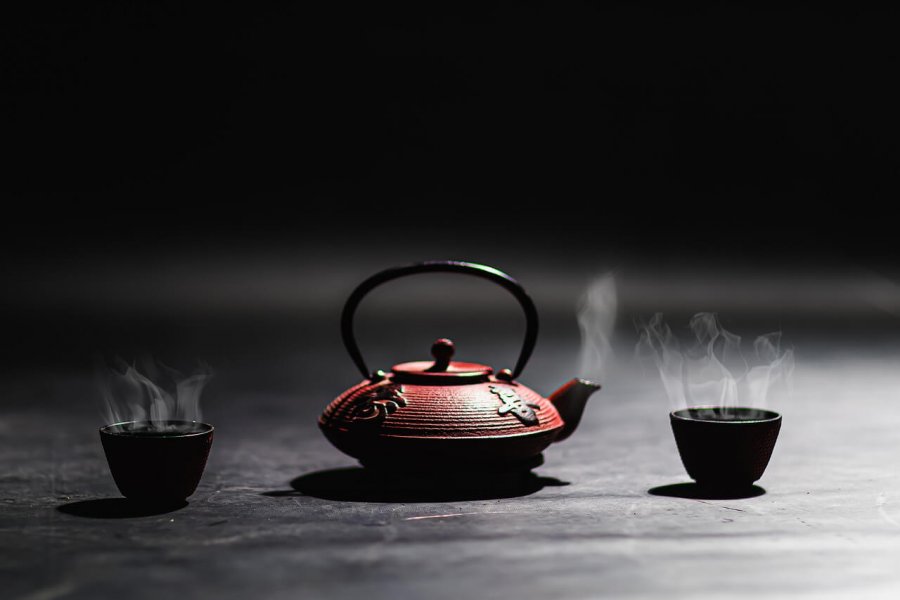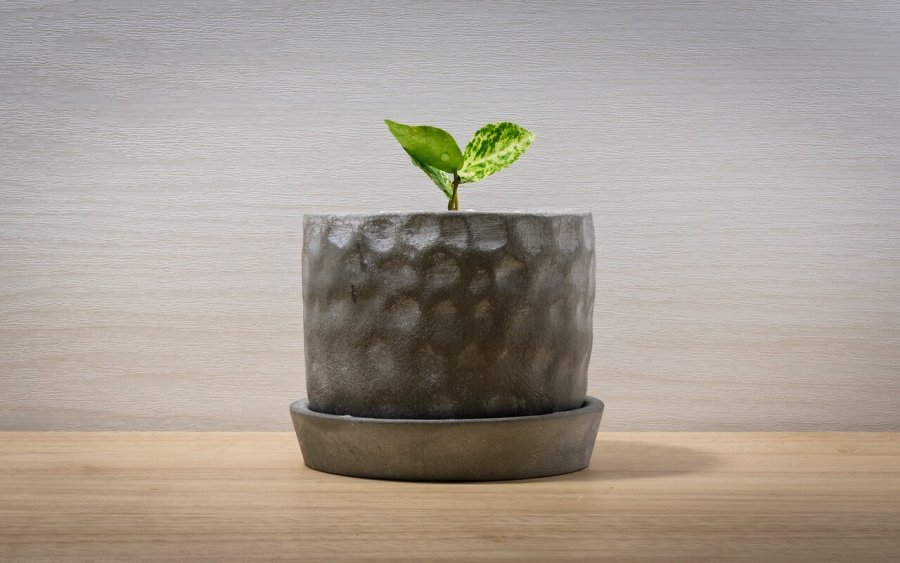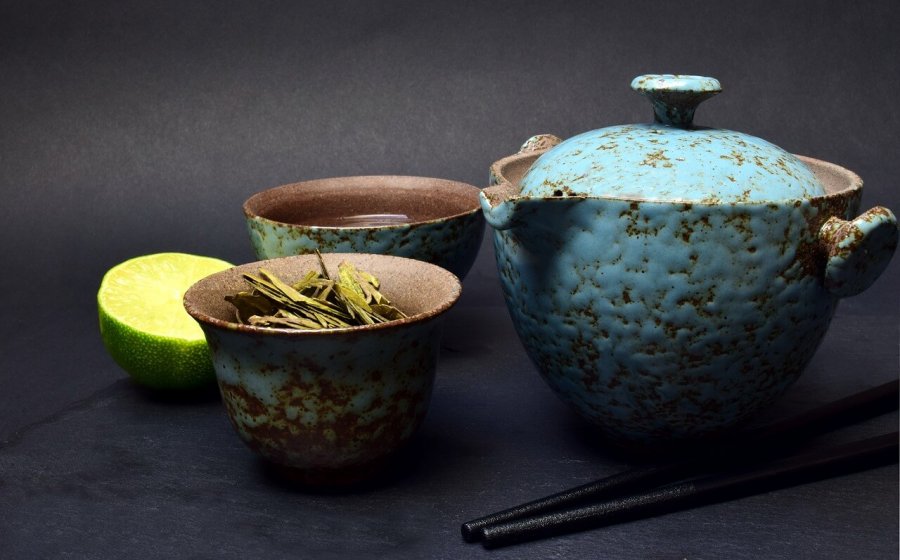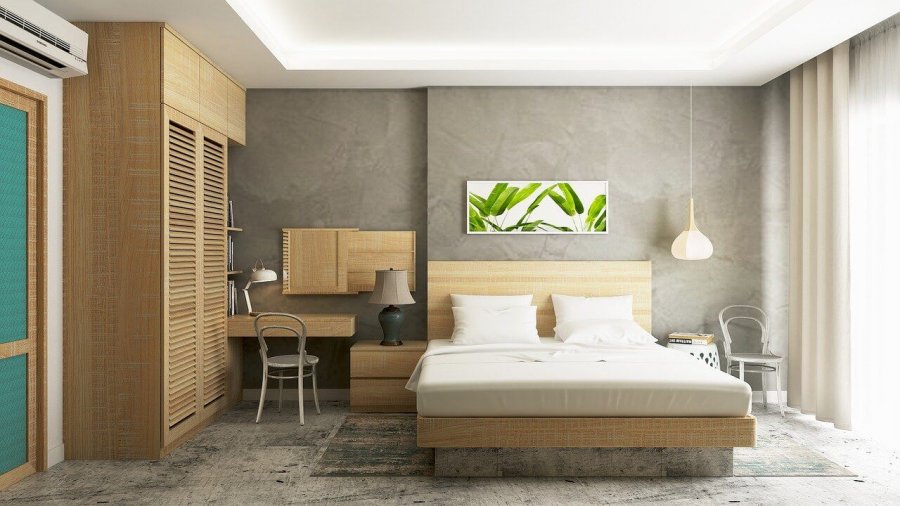Most likely the biggest interior design trend in 2021, Japandi is quickly taking over people’s homes and hearts. Combining two very popular styles – Japanese and Scandinavian, this trend is definitely here to stick.
But what exactly is Japandi and why is it becoming so popular recently? How can you use Japandi to your advantage?
In our article, you will find the answers to these questions and more, so make yourself some herbal tea and start reading!
The Japandi style in its core
Origins
Japandi is the fusion of Scandinavian design and Japanese minimalism – a so-called hybrid design. Other popular hybrid styles include “Gothic Hygge”, “Egyptian Zen”, and “Goth + Bohemian Greenhouse”.
One common thing between all of them is the strong connection with Nature and Japandi is no exception. The two main concepts are the following – “Hygge”, from the Scandinavian side, and “Wabi-Sabi” from the Japanese.
Let’s see what that means
The Philosophy behind the Style

The word “Hygge” is a very interesting one. It describes the combined feeling of wellness, cosiness, warmness, conviviality and contentment. For example, a “Lord of the Rings” marathon during a snowy winter night, with your best friends, while drinking hot chocolate, under the softest blanket you can imagine. Sounds amazing, we know.
The fact that there is a special word for all of those feelings, show the appreciation of Scandinavians for the little things in life, family, and just being in the moment. It’s certainly something many people are starting to admire and search for in their lives.
“Wabi-Sabi”, on the other hand, is here to let you know that imperfections are completely normal and to be embraced. Transience is a part of life and you don’t have to be “complete” to be worthy of love. It’s a very ancient philosophy that originated in Buddhist tea ceremonies. Japanese people deliberately used handmade bowls with a lot of quirks, cracks, weird shapes, and uneven glaze.
Instead of throwing them away, they praised those bowls, focusing on the beauty of their imperfections. This belief system not only survived but also thrived in Japanese culture, jumping borders and taking over the world.
While being very philosophical, both styles – Japanese and Scandinavian, have certain touchpoints that can be applied to everyday life and interior design. They include functionality, simplicity, and a great deal of admiration for craftsmanship and nature.
Why is Japandi so popular?
Japandi has been booming in popularity lately, with more and more people reaching out to the idea of incorporating this style into their homes. This is probably due to the fact that the core concepts and beliefs of Japandi are something everyone needs right now.
Being in isolation and away from family and friends has made people appreciate the moments when everything was different and look forward to those cosy, warm and convivial vibes. With the amount of time people spend at home now, they pay more attention to the details and the overall aesthetics of their houses and flats become more important.
Japandi interior design holds a lot of important values. To embrace this amazing fusion of Scandinavian and Japanese philosophy, you should also rethink some of your own personal beliefs. The importance of human connection even when it seems impossible and the great significance of nature in our lives, even when we think it’s long lost.
If you want to look at things from a more practical perspective, Japandi is a style that can be easily improvised. You don’t need a lot of money to buy a simple wooden table, for example.
The colours, style and ideas are centred around simplicity and minimalism, so it’s a design choice that can be implemented by almost anyone, as long as they have imagination.
How to incorporate Japandi in your Home
Now that you’ve been introduced to Japandi as a concept, let’s take a look at how you can include it in your home’s interior design.
Natural Materials
Nature is at the centre of everything, and that especially applies to Japandi. Start with the materials – bamboo, wool, linen, wood, terracotta, rattan, hemp, paper, and even rocks! Yes, rocks! You can use them as decoration, door stoppers, and even bookends.
By choosing things that can grow old with us, we can truly appreciate the beauty of nature instead of getting angry at the scratched vinyl flooring. Anything homemade is also welcome. If you do pottery, you’re basically sorted.
Symbiotic Colour Palette
Keep to a simple colour palette – white walls (always go for warm whites), pastels and earthy tones for the furniture and floorings. Green, brown, soft shades of yellow and orange, are very often found in Japandi homes.
It mostly depends on the ratio between the two styles – whether you’re leaning more towards the Scandinavian, where there are almost no dark colours, or Japanese style, where you can often find them as accents.
An example is when you can incorporate black elements, similar to the Japanese ink paintings, where the background is simple and there is a dramatic splash of black ink.

Plants

Decorate with a lot of plants that you can also use as an accent colour in a simple-toned area. Just remember to use crooked pots made from natural materials. Nothing ruins Japandi more than a big, bright, plastic pot in the room. If you have the space and option to do so, put big plants that look almost like trees.
Here are some examples:
- Dragon tree
- Parlor Palm
- Yucca
- Split Leaf
If you have pets, make sure that the plants are safe and animal-friendly.
Simplicity and Functionality

The furniture needs to be practical, low-profile and simple. Stick to clean lines, straightforward designs and forget about complicated embellishments that confuse the eye. Low-profile furniture can also make a room look a lot bigger so it’s great if you live in a small house or apartment.
One thing that people often forget about is the lighting and it’s really important to keep the simplicity in there too. Forget about complicated chandeliers or ornate floor lamps. A single lightbulb will fit more or a paper lampshade.
Opt for neutral-coloured lighting options and, if possible, increase the natural light in your home. Open up the space by getting rid of heavy curtains or blinds. You’ll save up on electricity, as well!
Decluttering specialists from Fantastic Cleaners Australia, advise removing items that serve no purpose, as well as the ones you don’t have a strong emotional attachment to. As we already mentioned, functionality is definitely put on a pedestal in Japandi, so a cluttered desk or bookshelf has no place in your home.
Embracing imperfections

Wabi-Sabi is not just a decoration trend. It’s a lifestyle that we should incorporate into our lives. The core elements of this style include asymmetry, imperfections, roughness, simplicity, and the eternal appreciation of nature and its creations, including humans.
When you cut out the pressure of being perfect, with no hair out of place, there is more space to be creative, accepting of yourself and most of all – loving. If the coffee table is a little bit crooked, we can be as well. And there is nothing wrong with that.
This is why craftsmanship and handmade items are so important in Japandi. They are truly unique and no matter how much someone tries, it’s really hard to make two things look exactly the same. Put instead of imperfect, that actually makes them beautiful and close to the heart.
It’s the same with people. We have to realise that our imperfections are what makes us unique and amazing, the same as the cracked chair and the same as the odd-shaped bookshelf.
Conclusion
If you think that we went too deep with this post, then you probably missed the whole idea. You can’t really implement Japandi into your home if you don’t understand the origins and philosophy of both styles – Japanese and Scandinavian. Once you do, you can create beautiful and functional spaces, that will bring warmth, happiness and many precious memories with your loved ones.






















Leave a Reply